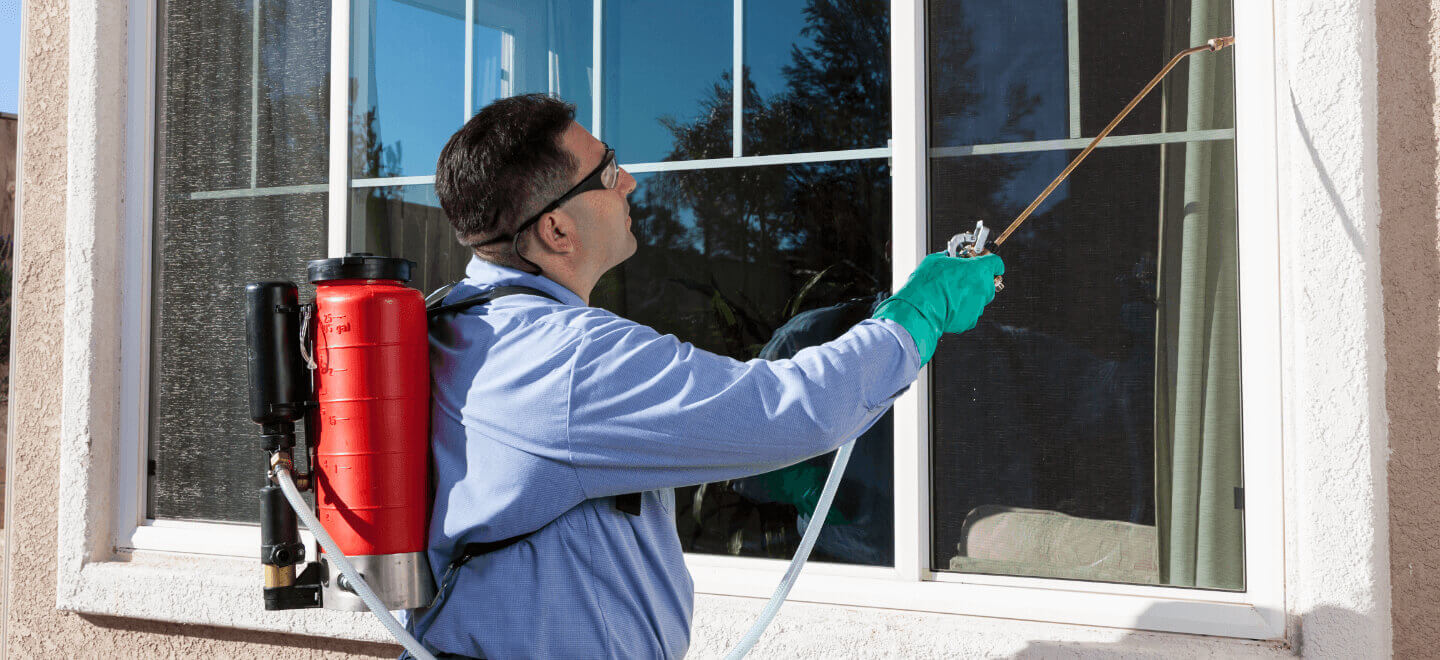Premier A1 Portland Bed Bug Exterminator - Top Quality You Can Trust Fund
Premier A1 Portland Bed Bug Exterminator - Top Quality You Can Trust Fund
Blog Article
Grasping the Art of Pest Control: Proven Techniques for Long-Term Avoidance and Eradication
Bug infestations can be a consistent obstacle for services and property owners alike, requiring a strategic technique to efficiently handle and remove these undesirable intruders. By mastering the art of insect control via proven techniques for long-lasting avoidance and eradication, one can establish a positive protection versus possible threats. Understanding the habits of bugs, applying incorporated pest management techniques, and utilizing natural remedies are just a few essential parts important to accomplishing long-term success in this undertaking. Nonetheless, the details of maintaining sanitation, carrying out regular examinations, and thorough tracking play just as important functions in maintaining a pest-free atmosphere. As the battle against pests proceeds to advance, taking on a detailed strategy becomes extremely important in guarding your residential property from prospective harm.
Understanding Parasite Actions
To properly execute parasite control strategies, it is necessary to understand the complex behaviors displayed by different parasites in different atmospheres. Comprehending parasite behavior is a fundamental element of developing reliable parasite administration strategies. Each insect species has unique habits and choices that affect their feeding, breeding, and movement patterns. By studying these behaviors, insect control experts can determine the most at risk factors in the pest's life cycle to target treatments more effectively.
Understanding this, pest control specialists can focus on securing access factors and removing food attractants to hinder these insects. By resolving moisture concerns and sealing holes and cracks, problems can be significantly minimized.
Executing Integrated Bug Administration
Applying Integrated Insect Monitoring includes utilizing an all natural approach to deal with bug issues by combining different control methods and techniques. This approach highlights avoidance, monitoring, and control of bugs via a combination of biological, cultural, physical, and chemical treatments. By incorporating numerous methods, Integrated Bug Monitoring (IPM) intends to minimize making use of pesticides while properly taking care of pest populaces.
One key facet of IPM is identifying the specific insect issue and recognizing its actions and life process. This knowledge helps in identifying one of the most ideal control measures to implement. Avoidance is also a fundamental principle of IPM, concentrating on eliminating factors that bring in pests, such as water, shelter, and food. Routine tracking and assessment are important to spot pest invasions early and stop them from intensifying.
In addition, IPM promotes using environmentally friendly and lasting insect control approaches to lessen damage to non-target organisms and the bordering ecological community - a1 pest control in portland oregon bed bugs. By adopting an Integrated Bug Management technique, individuals and organizations can efficiently manage parasites while decreasing reliance on chemical pesticides
Using All-natural Remedies
Structure upon the structure of Integrated Insect Monitoring, a shift in the direction of utilizing natural remedies provides an environment-friendly approach to pest control. Natural treatments harness the power of nature to deter and get rid of parasites without making use of severe chemicals that can harm the atmosphere, humans, and useful microorganisms.

Additionally, growing pest-repelling plants like marigolds, lavender, and mint around homes and gardens can assist prevent parasites naturally. These plants send out odors that pests discover undesirable, driving them away without the requirement for chemical treatment.
Keeping Cleanliness and Health

On a regular basis checking and cleaning hard-to-reach locations such as behind devices, under sinks, and in storage wardrobes is important for determining and eliminating prospective parasite habitats. Clutter needs to be minimized as bugs frequently seek haven in piles of items or particles. Applying a routine cleaning routine and making certain all members of the home or employees are enlightened on proper health practices can go a long method in bug prevention. By maintaining tidiness and health criteria, the environment becomes less friendly to parasites, ultimately supporting long-term insect control efforts.
Regular Inspections and Monitoring
Normal assessments and keeping track of play a crucial function in proactively identifying and dealing with prospective bug issues prior to they intensify. By carrying out regular assessments of both the interior and exterior of a residential or commercial property, parasite control professionals can detect very early signs of invasions, parasite entry factors, and problems conducive to insect task.
Consistent tracking enables the early detection of bug troubles, enabling quick treatment to stop widespread invasions that can be challenging and expensive to remove. Moreover, regular evaluations and keeping track of aid to adhere to regulatory demands and preserve a risk-free, pest-free setting for owners. Implementing a proactive method with regular examinations and explanation surveillance is a cornerstone of reliable bug administration, offering comfort and long-lasting security versus bug dangers.
Verdict
Finally, understanding the art of parasite control entails understanding parasite habits, applying incorporated bug administration, using natural remedies, maintaining cleanliness and health, and performing routine assessments and monitoring. By following these proven strategies for lasting avoidance and elimination, individuals can effectively take care of parasite invasions and create a healthier and more secure atmosphere for themselves and their surroundings.
To efficiently implement parasite control methods, it is necessary to comprehend the intricate habits showed by different insects in various atmospheres (a1 bed bugs exterminator portland). By researching these habits, pest control experts can identify the most prone points in the bug's life cycle to target interventions a lot more effectively
Carrying Out Integrated Pest Administration involves using an all natural approach to attend to pest problems by incorporating various control techniques and strategies. By preserving sanitation and hygiene requirements, the setting becomes less welcoming to pests, ultimately sustaining long-lasting pest control efforts.
By performing normal evaluations of both the inside and outside of a building, pest control experts can find very early indications of problems, parasite entry points, and conditions favorable to bug task.
Report this page